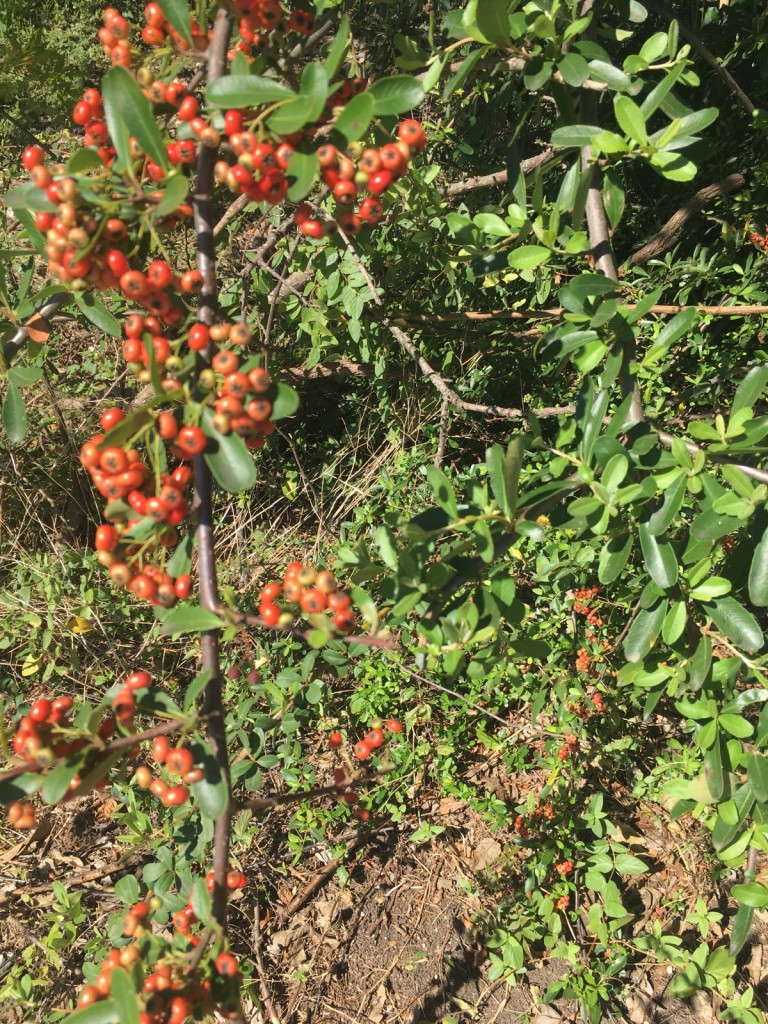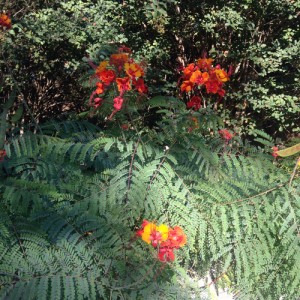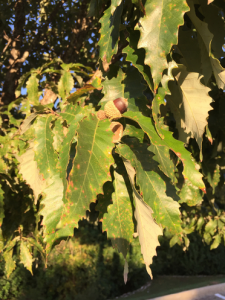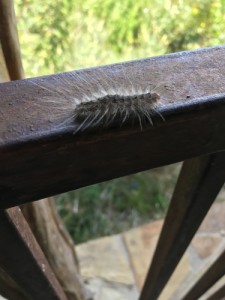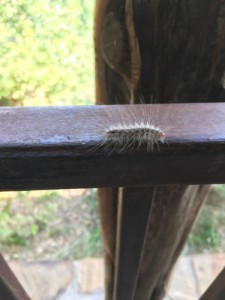During my breaks at work, I enjoy walking around the nearby pond and forest area. This small area of preserved land is home to quite a bit of biodiversity. Just off of the main trail I spotted this American holly (Ilex opaca). It was easy to spot with it’s bright red fruit and spiny-teeth leaves.
The American holly is typically an upright, evergreen tree that can grow up to 50 feet tall. It has many slender branches that form a dense pyramidal or oval crown of striking dark green color. Open-grown specimens, such as this holly, have branches that often extend to the ground. It is found on rich, moist soils of bottomland forests in East Texas, westward to Wilson County. The bark is light gray, tight, leathery, and roughened by wart-like growths and blotches on older specimens.
Holly boughs, especially those with fruits, are commonly used for Christmas holiday decorations such as wreaths.
See my iNaturalist post here.
Source: http://texastreeid.tamu.edu/content/TreeDetails/?id=48&t=H
